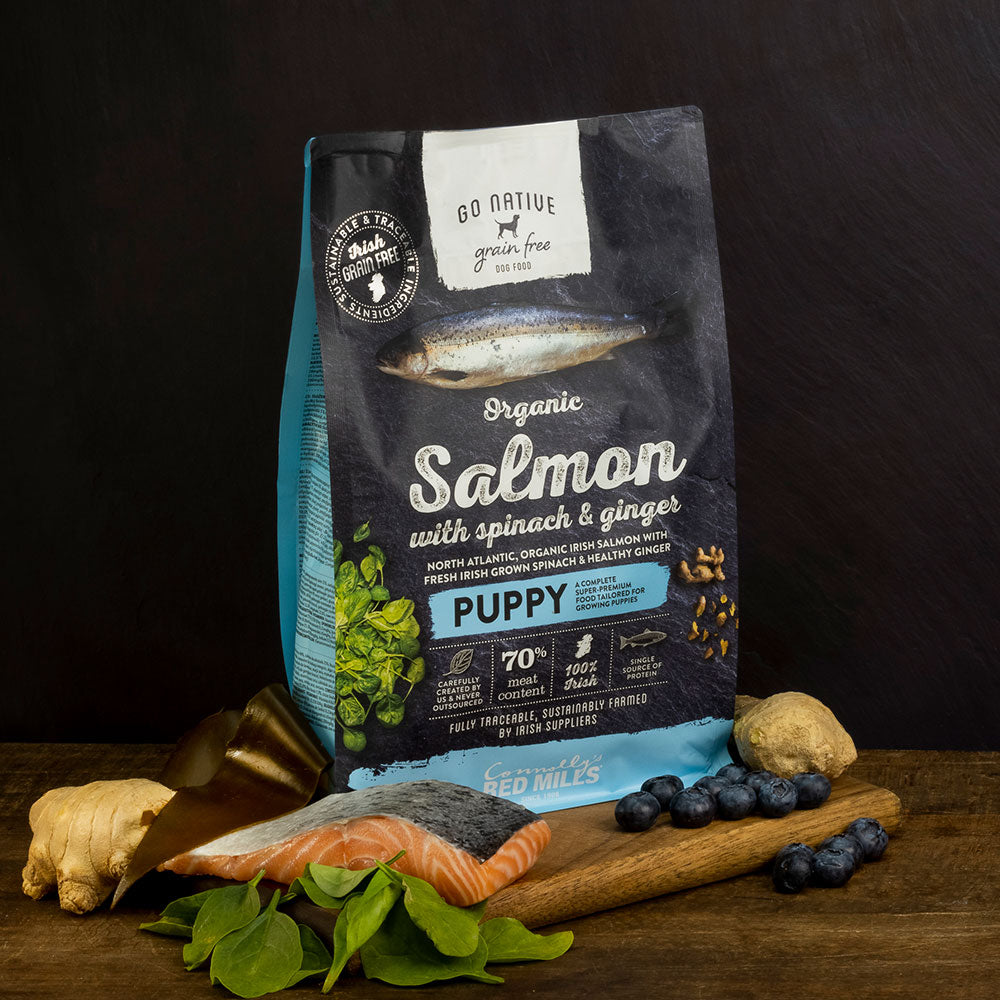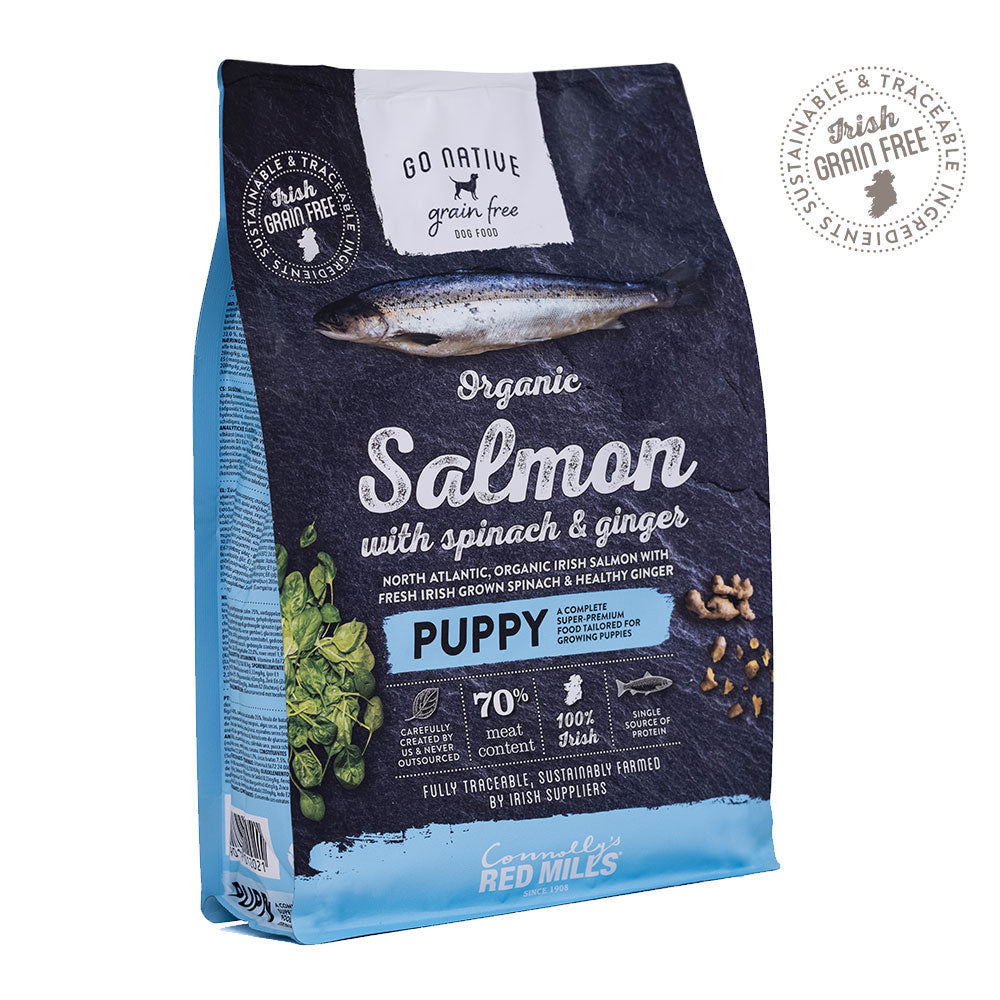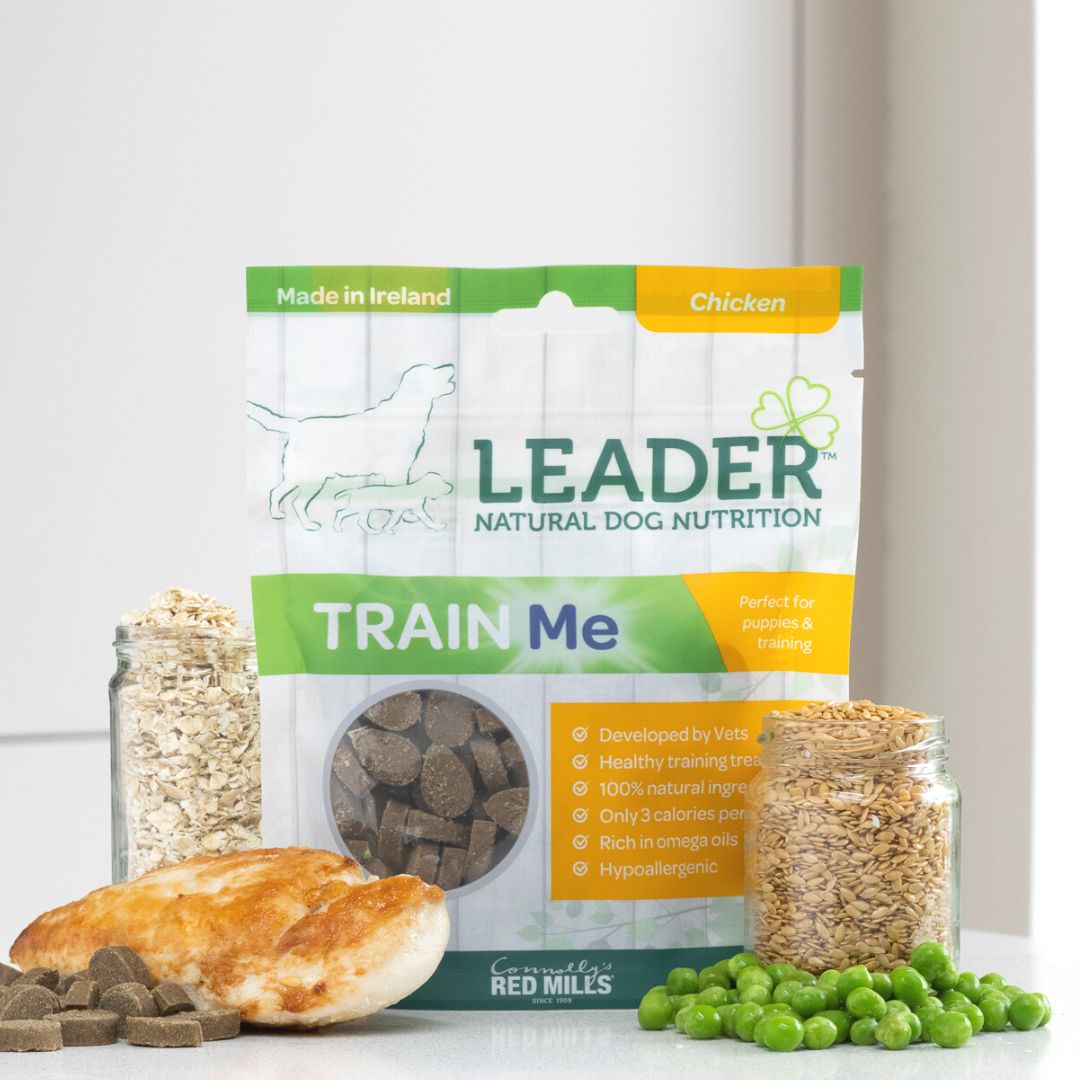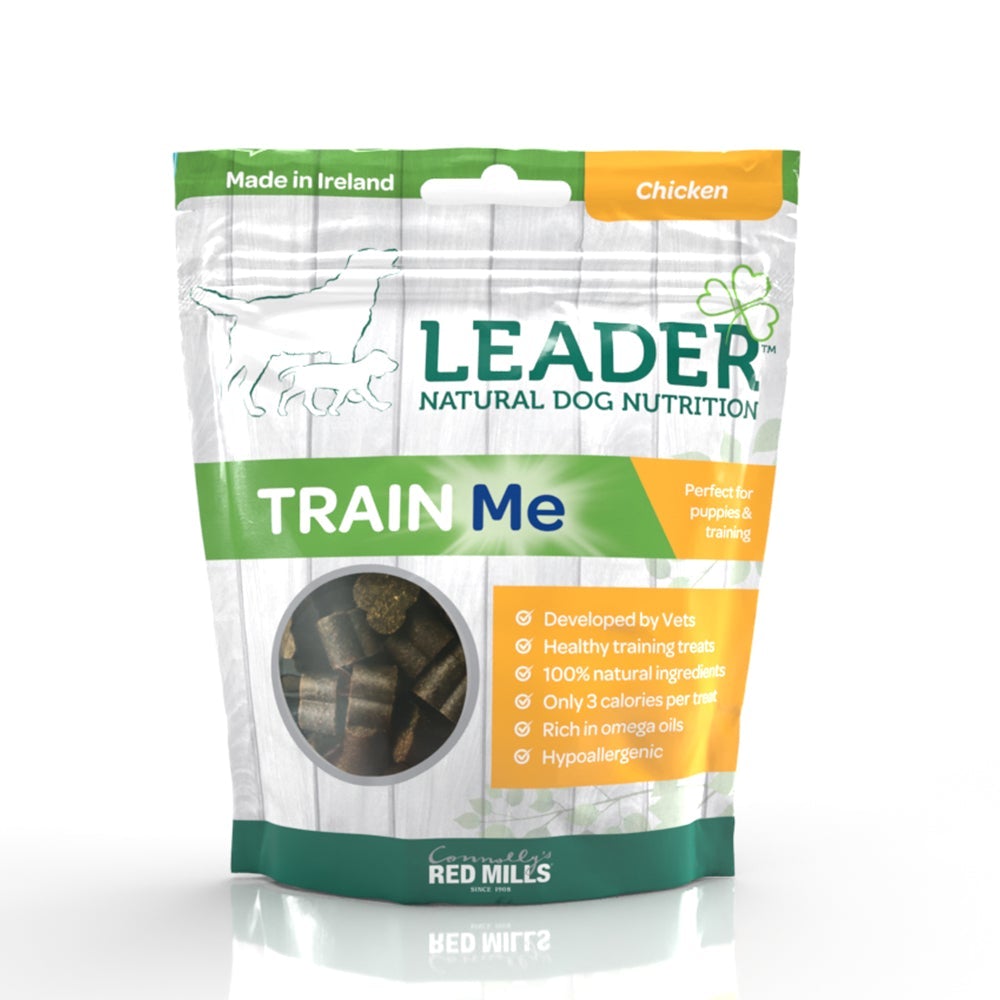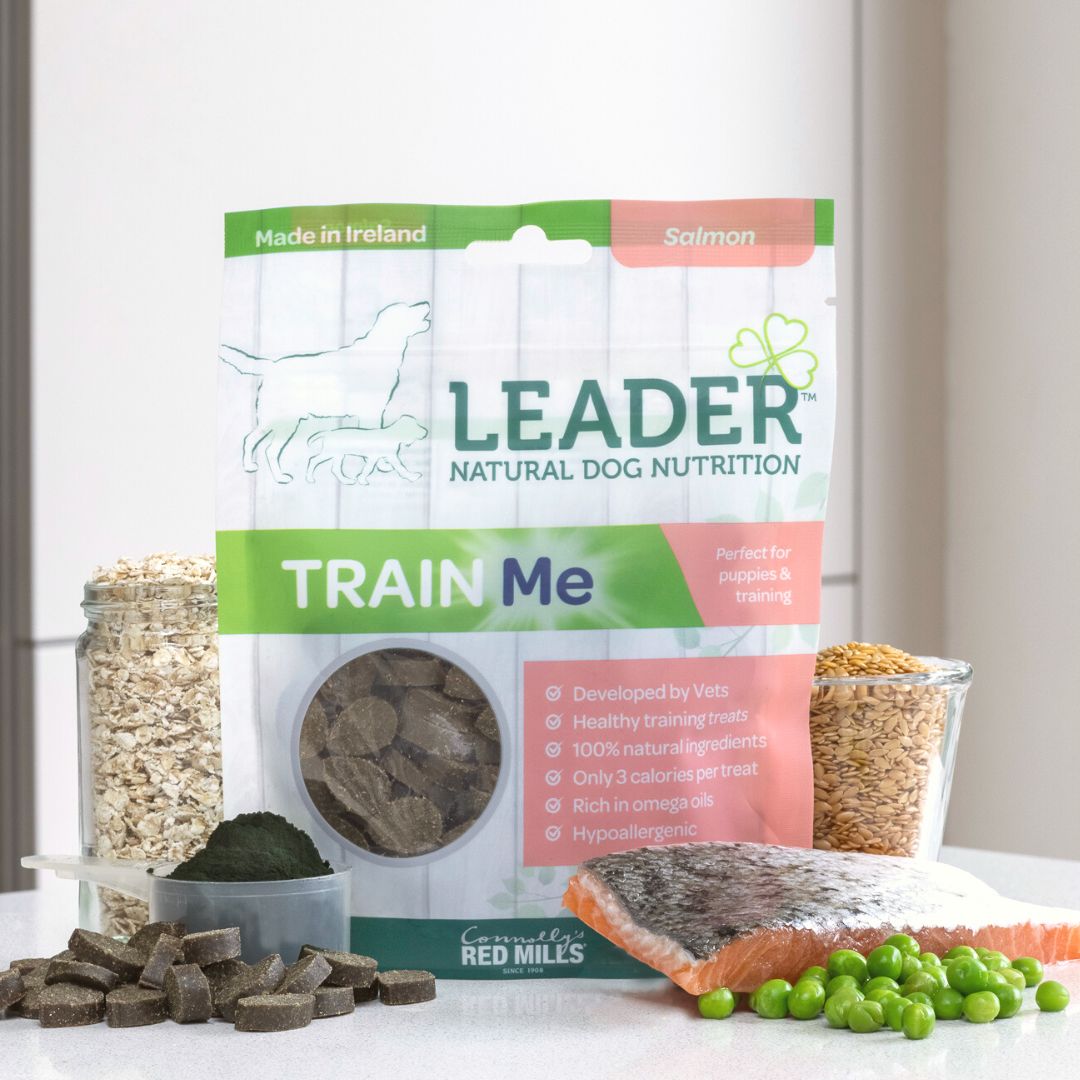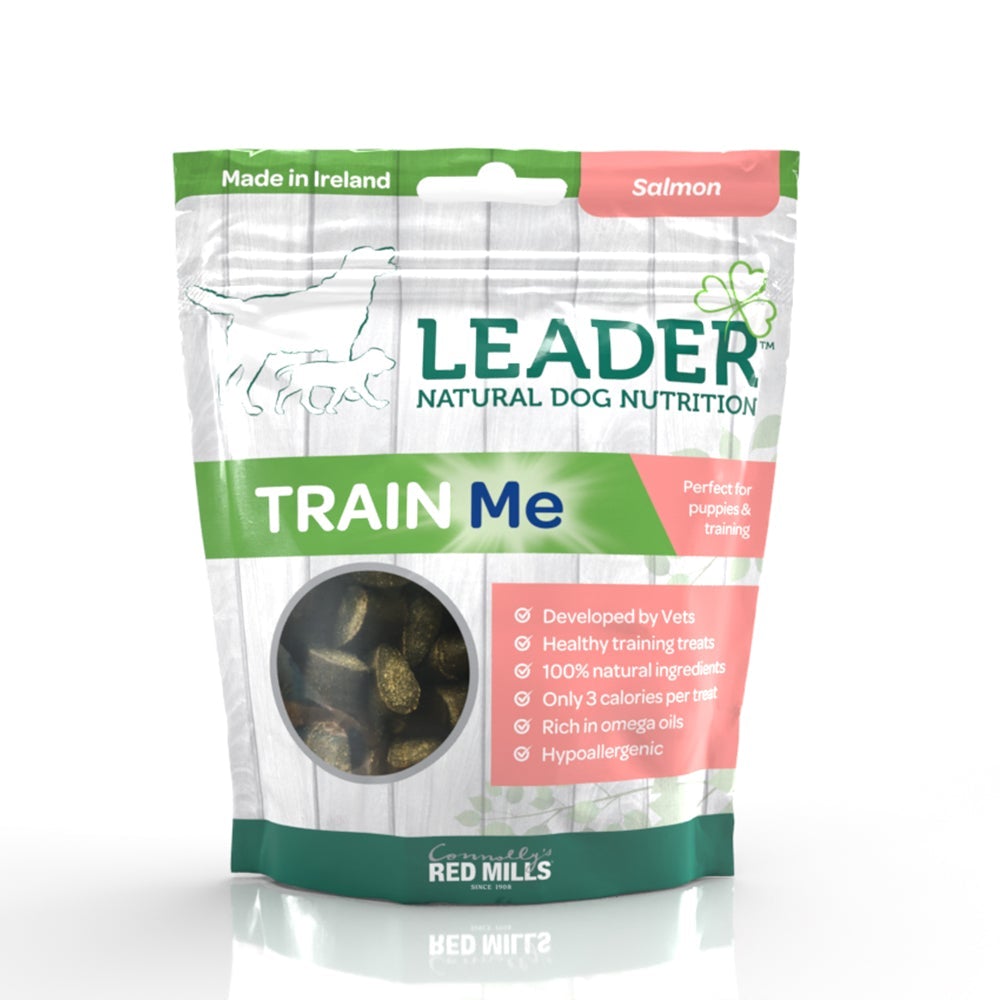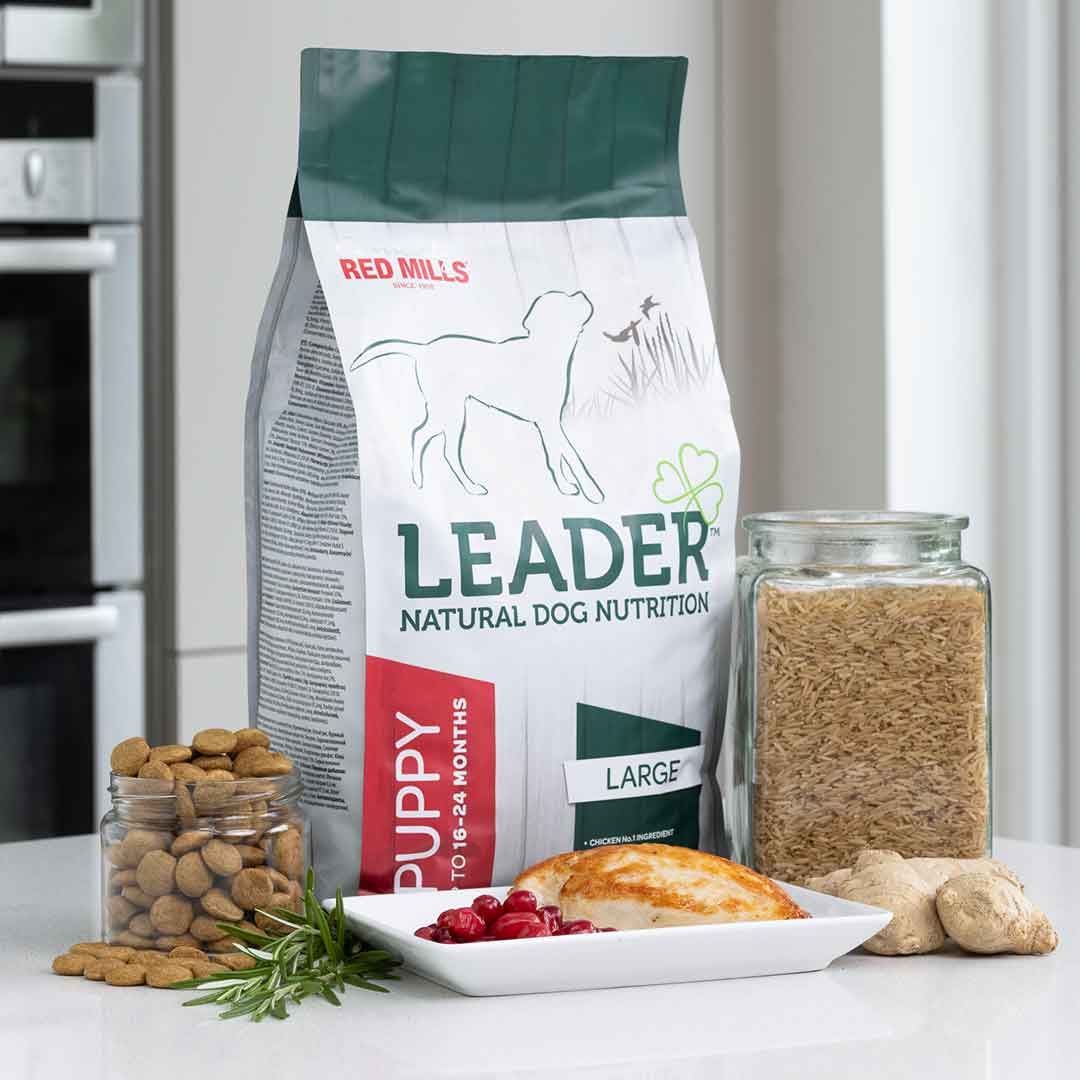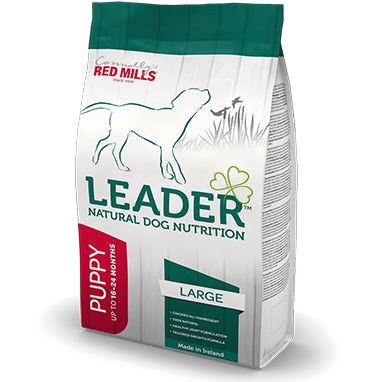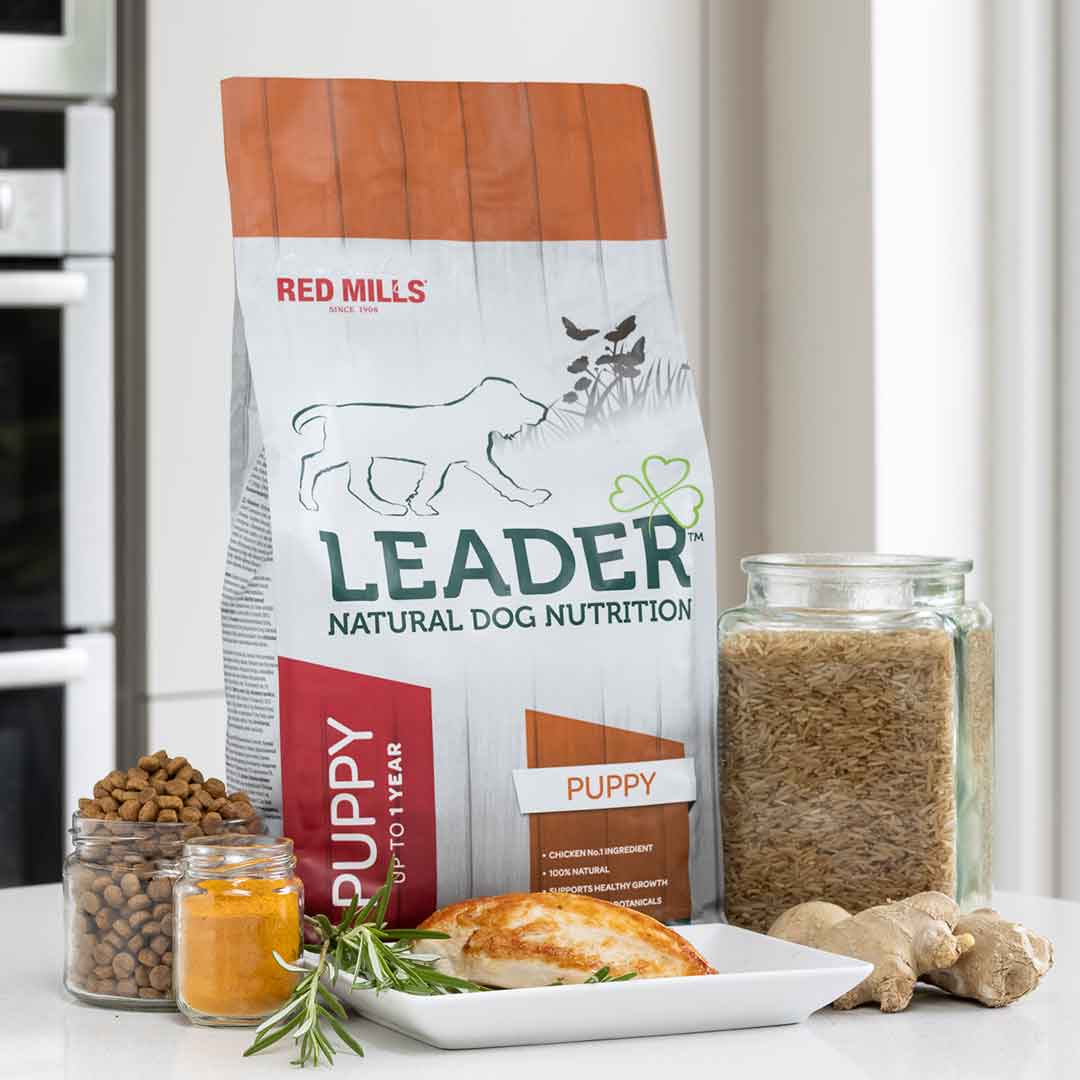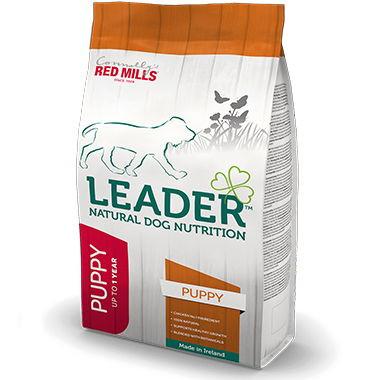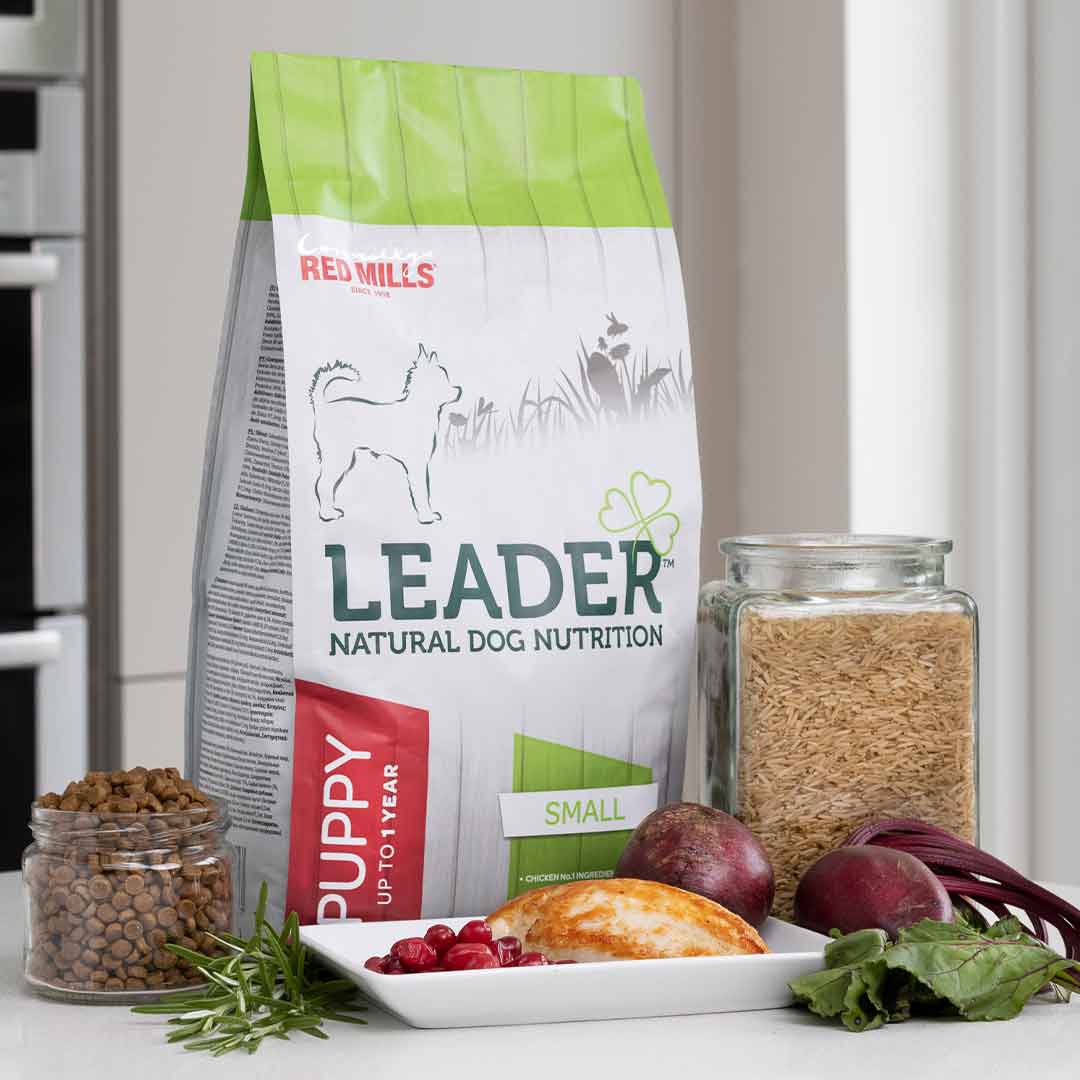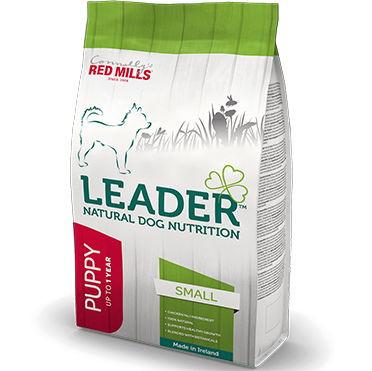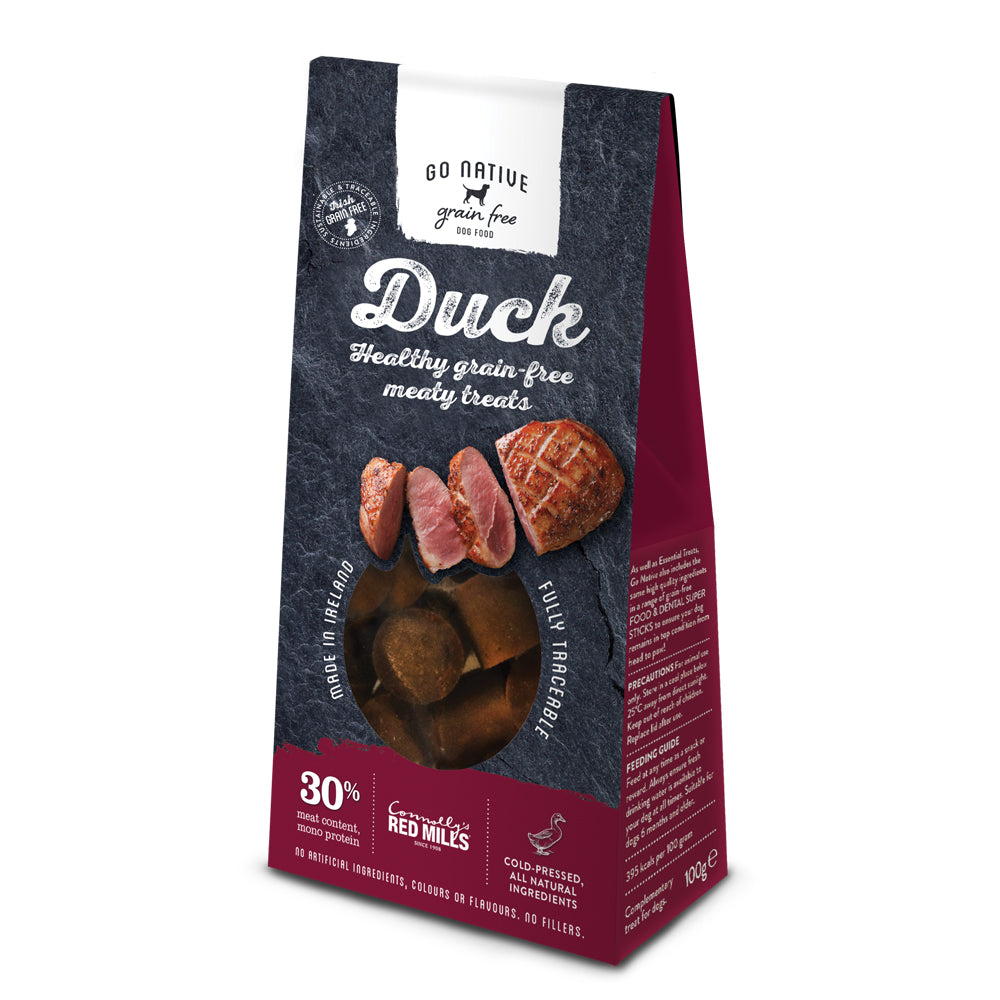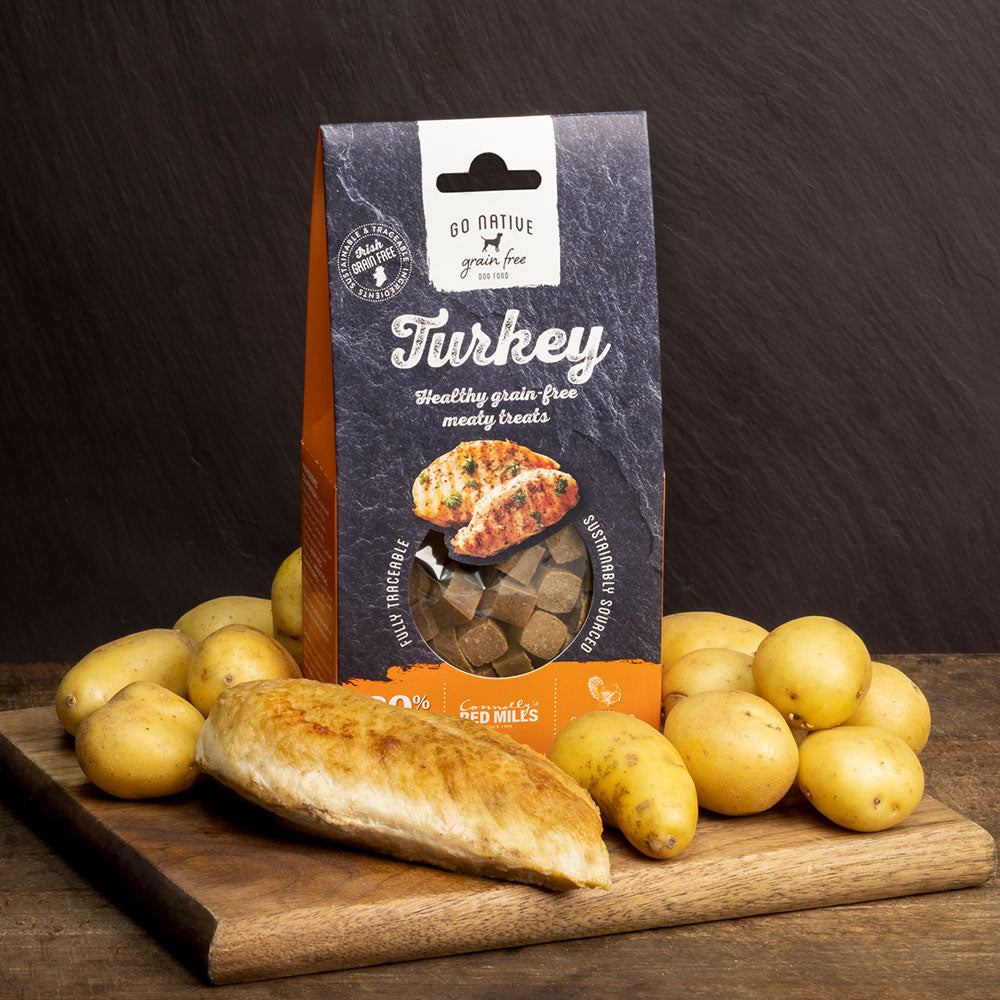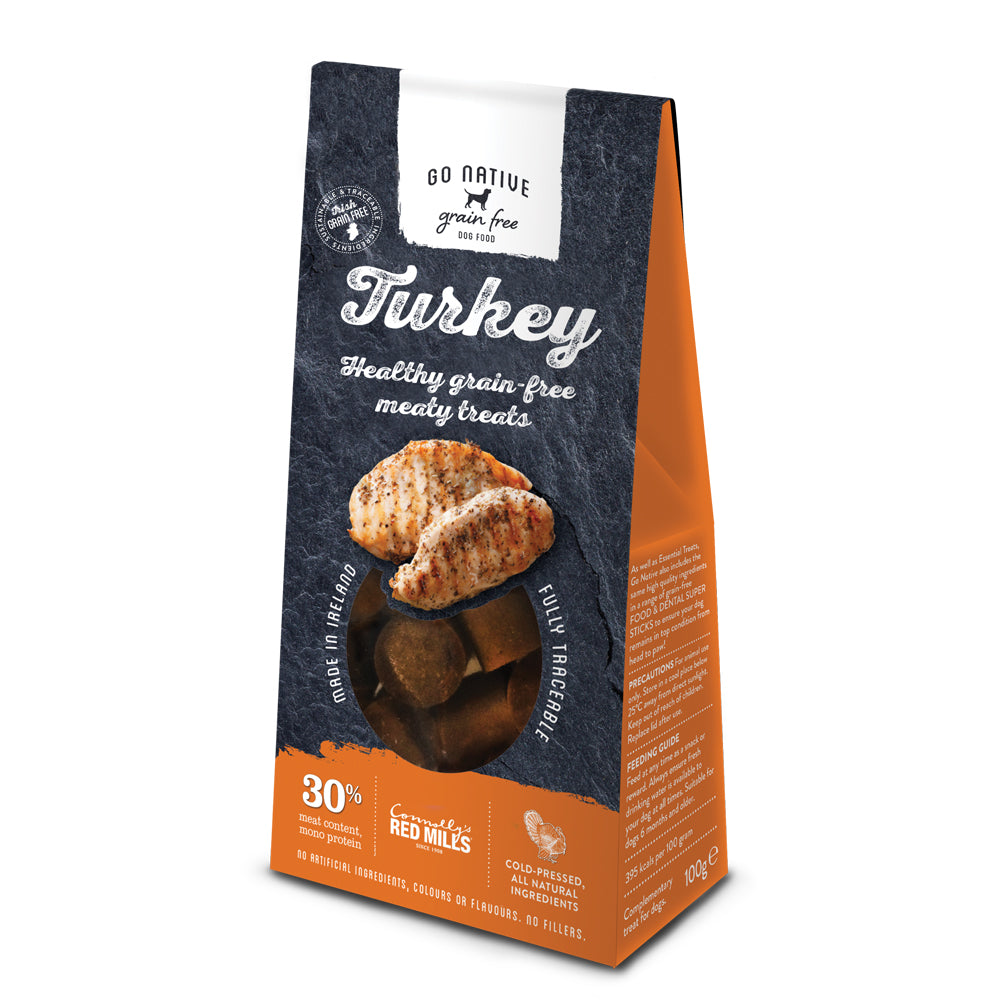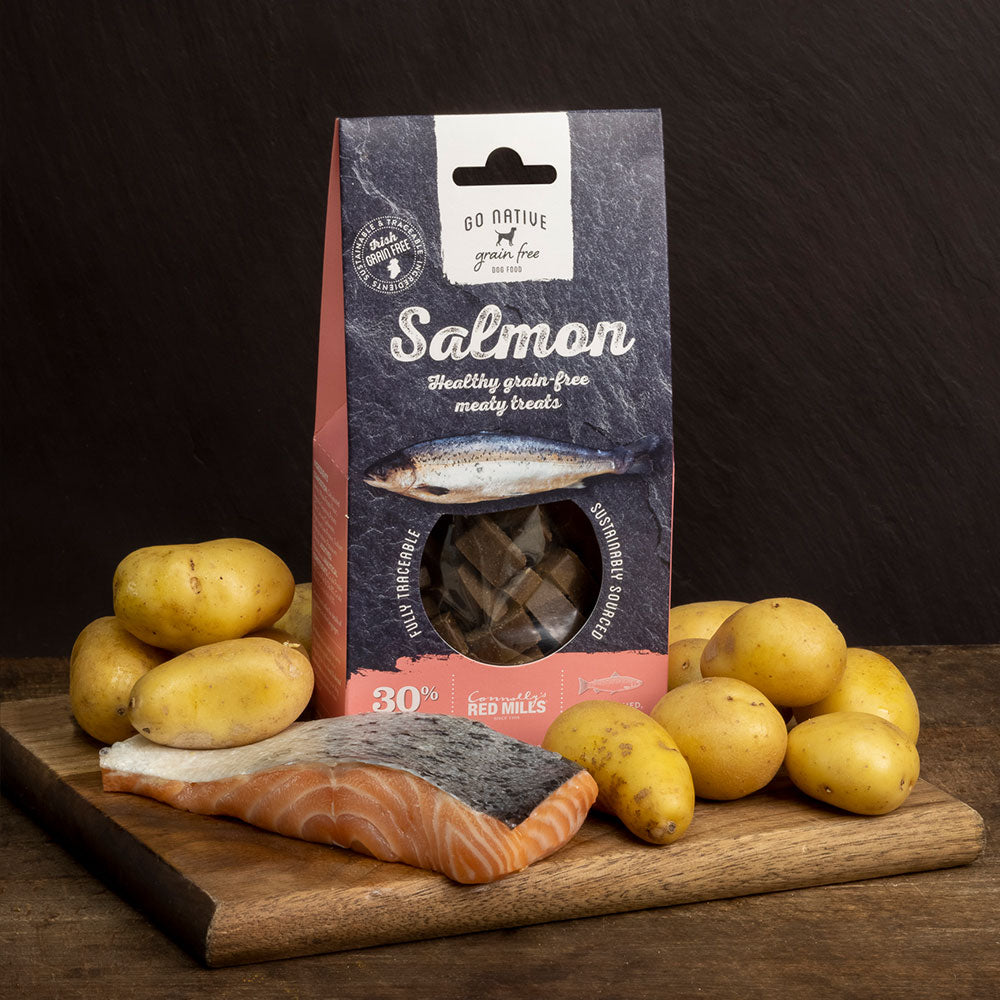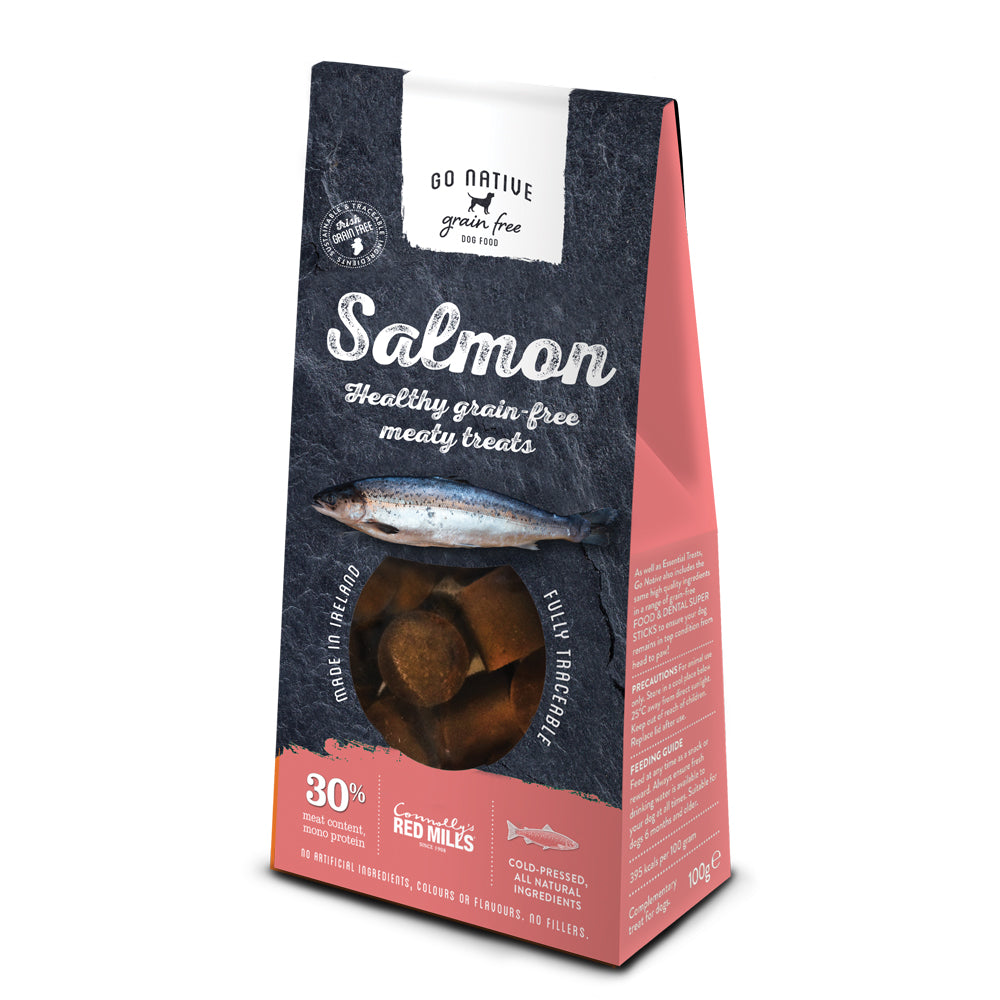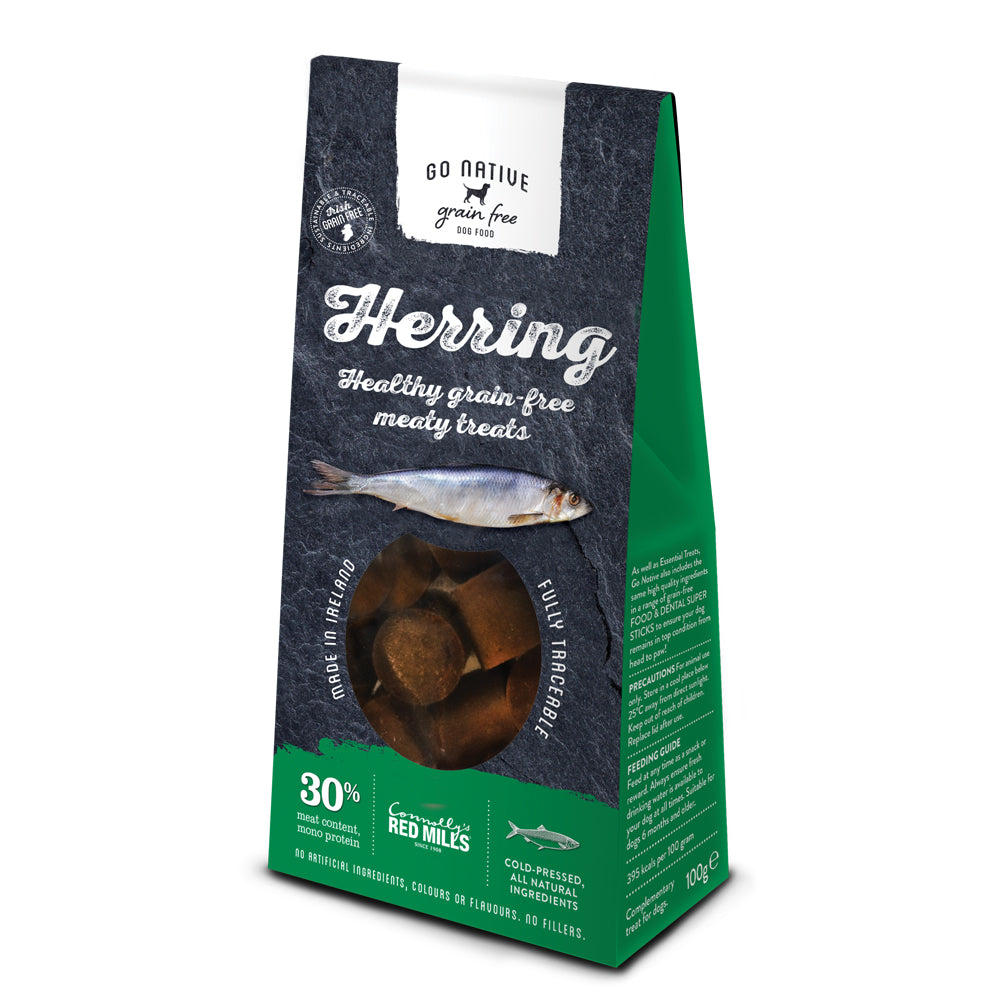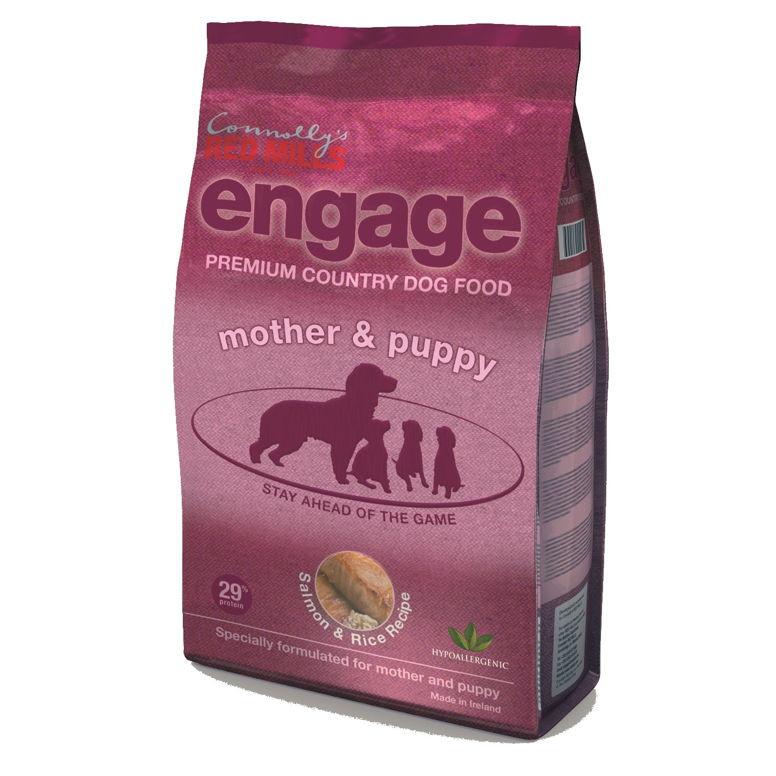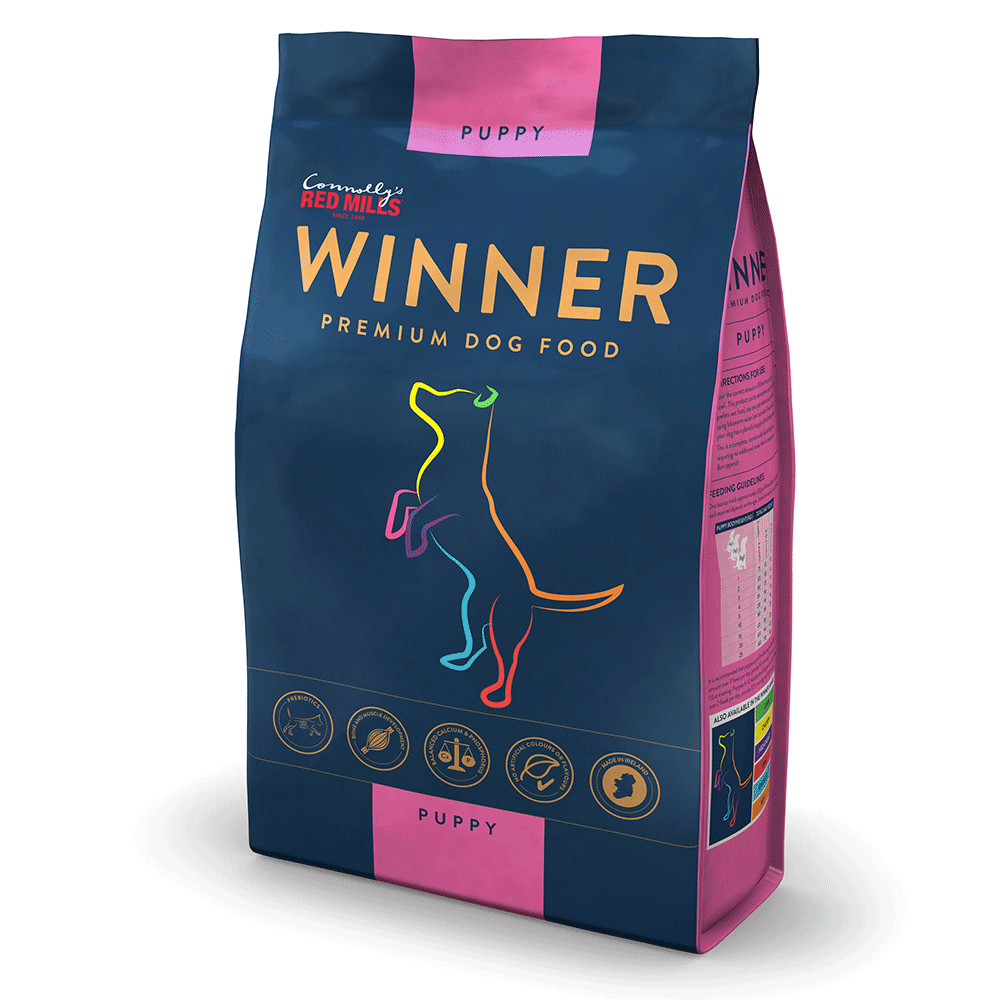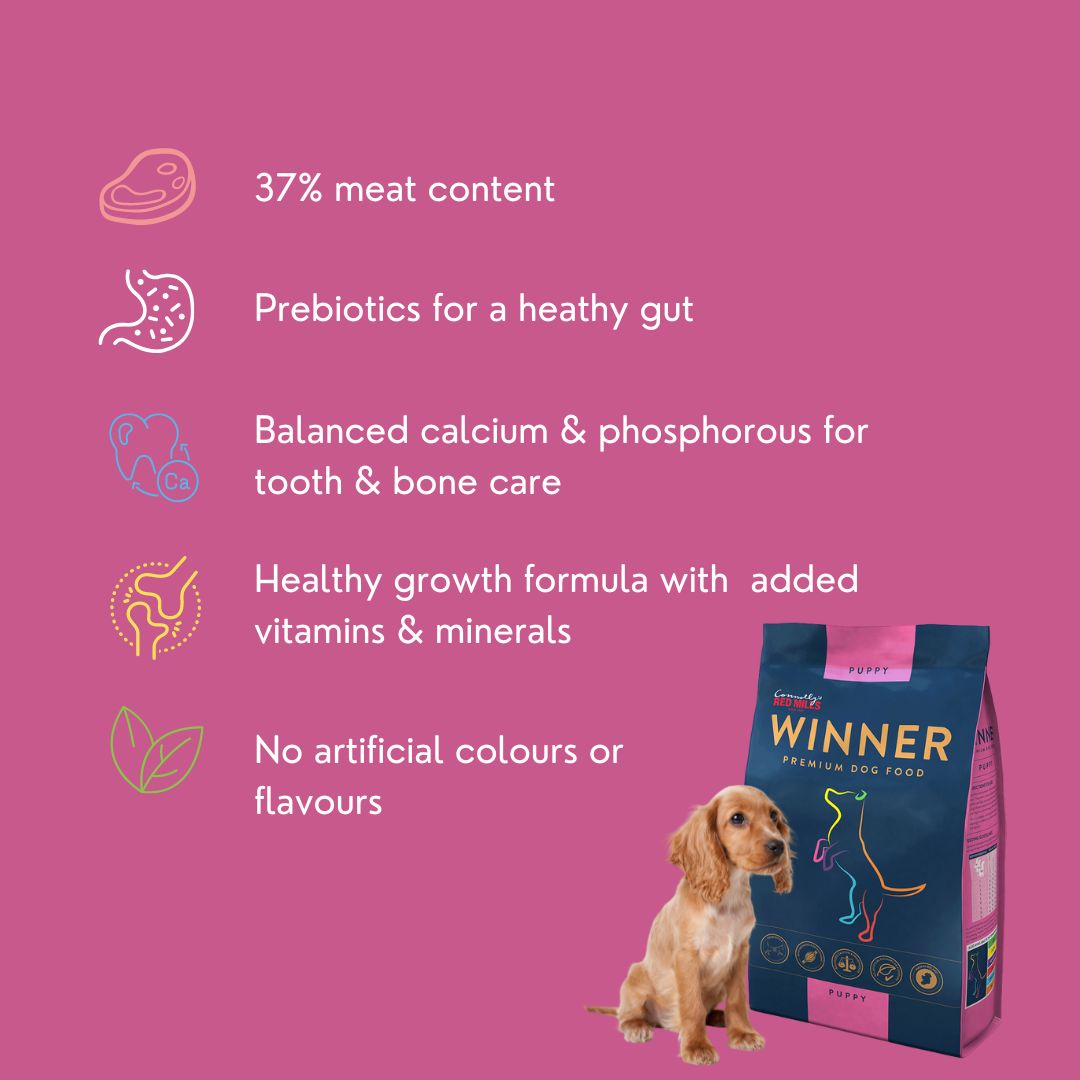Some dogs seem to eat just about anything without a hitch, even sneaking food from the trash without any consequences. However, if you’ve had a dog like that, you might be surprised when your next furry friend experiences digestive issues, like diarrhea, vomiting, or constant itching. Understanding how to properly feed a dog with a sensitive stomach is crucial to keeping them happy and healthy.
Your dog's ability to digest food efficiently ensures they get the necessary nutrients from their meals. While some dogs thrive on standard diets, others need more specialized options to avoid discomfort. Here’s everything you need to know about supporting a dog with a sensitive tummy.
Recognizing Digestive Issues in Your Dog
Symptoms of a sensitive stomach in dogs vary. Obvious signs include loose stools, vomiting, or foul-smelling bowel movements. Less obvious signs, like constant itching despite flea and tick treatments, might suggest food intolerance. Additionally, very dark or tar-like stools can signal internal bleeding.
If you notice any of these symptoms, it’s best to consult your veterinarian. They can perform tests and examinations to identify whether food intolerance or another issue is at play. In some cases, the cause might not be a specific intolerance, but rather, an overall sensitive digestive system. With your vet’s guidance, you can determine the best approach to your dog's dietary needs.
Choosing the Best Dog Food for Sensitive Stomachs
Start by asking your vet if your dog’s food is too rich for their digestive system. If this is the case, consider reducing the protein content. It’s also essential to evaluate the source of the protein. Common allergens for dogs include meats like beef, so you may want to switch to a hypoallergenic formula with a single, novel protein source like fish or lamb. For example, Red Mill’s Leader Sensitive offers options with lamb or salmon, which could be easier on your dog’s tummy.
Additionally, opting for limited ingredient dog foods can help. These diets focus on minimal, wholesome components and avoid fillers and artificial additives that might trigger a reaction. When selecting dog food, always check for clear ingredient lists and avoid vague terms like "meat byproducts" or "cereals." It’s important to know exactly what your dog is consuming to avoid upsetting their sensitive stomach.
Feeding Guidelines for Dogs with Digestive Sensitivities
While finding the right food is crucial, there are other feeding habits that can help keep your dog comfortable. Avoid these common mistakes to support their overall well-being.
1. How to Gradually Switch Dog Foods for Sensitive Stomachs
Sudden changes in diet can worsen digestive issues. Unless your vet advises otherwise, switch your dog’s food gradually over three weeks. Start by mixing 75% of the old food with 25% of the new food for the first week. In the second week, aim for a 50/50 split. By the third week, use 25% old food and 75% new food. Once your dog adjusts well, you can fully switch to the new diet.
2. Creating the Ideal Feeding Routine for Sensitive Dogs
Dogs with digestive issues often benefit from a calm feeding environment. Try to feed your dog in a quiet space, away from distractions or other pets. If you have multiple dogs, feed them separately or in different parts of the room to prevent anxiety or competition. Keeping a consistent feeding schedule is also important, so try to serve meals at the same time each day.
3. Using Slow Feeder Bowls to Prevent Bloating
If your dog tends to gulp down food, consider using a slow feeder bowl. Eating too quickly can lead to swallowing air, which may cause bloating and, in severe cases, gastric torsion—a life-threatening condition. A slow-feeder bowl encourages your dog to take their time while eating, reducing the risk of this dangerous situation.
4. Choosing Safe Treats for Dogs with Sensitive Stomachs
Treats can easily trigger symptoms in dogs with sensitive stomachs. Be as cautious with treat ingredients as you are with their main food. Stick to limited-ingredient or hypoallergenic options and avoid overfeeding. Moderation is key!
5. Human Foods and Dogs with Digestive Sensitivities
While it’s tempting to offer your dog table scraps, it’s best to avoid processed or heavily seasoned human foods. Once your dog’s stomach is stable, you can reintroduce simple, unseasoned options like lean meats or scrambled eggs in small amounts. Some human foods are fine in moderation, but processed foods are often too harsh on their system.
By learning how to properly feed a dog with a sensitive stomach, you can dramatically improve their quality of life. Not only will digestive issues subside, but you’ll likely see positive changes in their skin, coat, energy levels, and overall stress.





